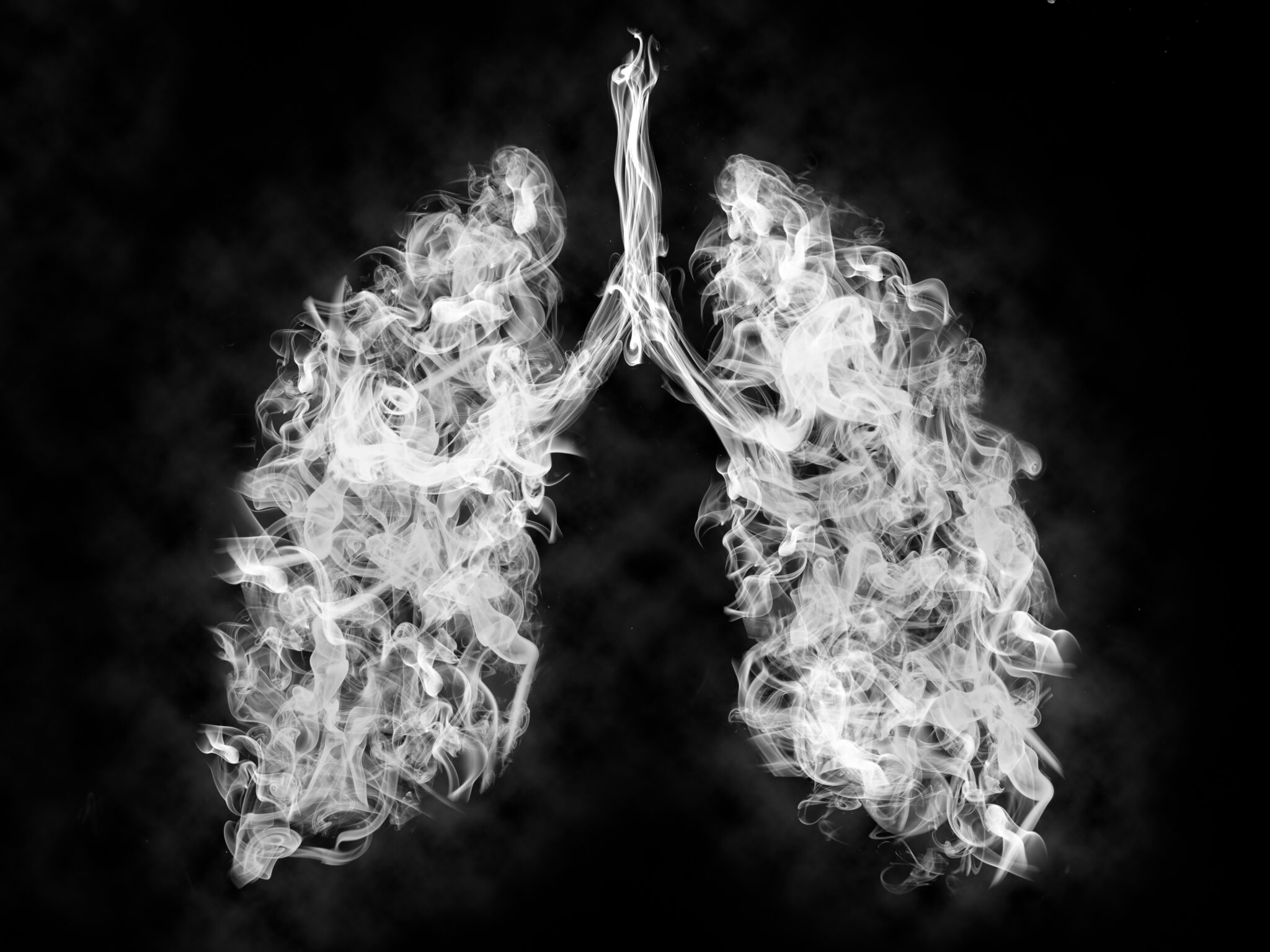
11 Jan Work related Lung Disease
Lung disease can be the result of work related tasks. But what tasks can cause life threatening lung diseases and how can you prevent it.
The Health and Safety Executive produce an abundance of guidance relating to health and safety risks and your legal obligations. Furthermore they have a specific page on how to prevent work-related lung disease
High-Risk Work
Within the list of work that can cause life-threatening lung disease is: construction (cutting, drilling and sanding), welding, stonework, cement and concrete manufacture, woodworking, baking and milling, quarry work. For the full A-Z list of industries and the respiratory health links visit the HSE page
Know Your Obligations
Did you know that employers have a legal duty. Employers are obliged by law to protect their workers from work related lung disease. They must do this by using: alternative processes, less hazardous materials, enclosures/effective ventilation, and lastly protective equipment (as a last resort).
The important thing is to keep workplace air clean. For guidance on good control practice visit the HSE page: Principles of good control practice
When it comes to dust and fume removal, the HSE have the clearing the air guide INDG408. This employer guidance will help you choose and maintain the right local exhaust ventilation (LEV) for your business.
Control Exposure to the Hazard
In order to protect your employees you need to control the exposure. With this in mind, the HSE have a useful COSHH e-tool. You can use this to get advice on controlling exposure to hazardous substances for common tasks.
Lung Diseases
Breathing in dusts, gases, fumes and vapours in the workplace can cause serious, long-term lung damage. Quite often this can lead to incurable health problems. The most common work related issues include:
- work-related asthma
- COPD
- work-related lung cancer
- pneumoconiosis
- silicosis
- asbestos-related disease
- extrinsic allergic alveolitis
Respiratory Protective Equipment (RPE)
RPE should be used as a last resort to protect your staff from work related lung disease. Accordingly, there is essential guidance available on choosing and using the right equipment in HSG 53. This document gives a practical guide to respiratory protective equipment at work. The guidance is aimed at employers and the self-employed who wear, or are responsible for workers who wear, RPE. It will also be useful for health and safety specialists, manufacturers and suppliers of RPE.
Whilst RPE is important to protect your staff – they will need to have a face fit test to check that the seal of the mask is protecting the wearer.
In INDG 479 – Guidance on RPE fit testing it states: to ensure that the selected RPE has the potential to provide adequate protection for individual wearers, the Approved Codes of Practice (ACOPs) supporting the Control of Substances Hazardous to Health Regulations (COSHH), the Control of Lead at Work Regulations,³ the Control of Asbestos Regulations, the Confined Spaces Regulations and the Ionising Radiations Regulations stipulate that tightfitting RPE should be fit tested as part of the selection process.
The impact of lung disease
Work related lung disease has a devastating impact on peoples lives. Dr David Fishwick (Chief Medical Advisor at the HSE), interviewed Terry – a former stoneworker who suffers from silicosis. Having worked with different types of stone for over 30 years, Terry was exposed to crystalline silica. Sadly Terry has developed silicosis – a serious respiratory condition that will almost certainly shorten his life after breathing in RCS. This is his story.
In summary, if you are working in an environment or industry where you are exposed to dusts, gases, fumes and vapours in the workplace, please make sure you do all you can to avoid serious, long-term lung damage.



No Comments